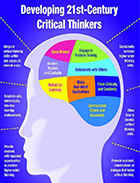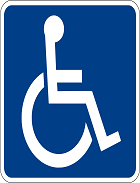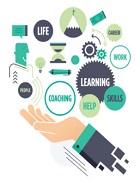Creating active listeners in class
Creating active listeners in class
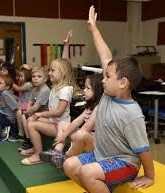 Teaching strategies are necessary to educate students. But, to inculcate this in them, teachers first require their students to be active listeners.
Teaching strategies are necessary to educate students. But, to inculcate this in them, teachers first require their students to be active listeners.Active listeners engage themselves in the listening process and actively engage in receiving and communicating information. Listening involves more than hearing words, i.e. to make sense, assess and respond to what is directed to someone.
The listening process involves five stages.
-
Listening stage:
Attention is the key to listening. The listening stage is a technique that requires listeners to listen carefully to the speaker and give feedback on whatever he or she hears. This is done by rephrasing what is heard in their own words. This process confirms the understanding of both the parties, i.e. the speaker and the listener.
This stage improves the personal relationship and reduces misunderstanding, conflict and fosters understanding between two parties.
-
Receiving stage:
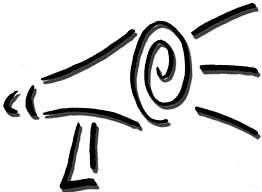 It involves hearing and understanding the information from source. Hearing is the psychological process of registering sound waves as they hit the eardrum. This stage requires to identify and interpret the information in same way the speaker wants to convey the information.
It involves hearing and understanding the information from source. Hearing is the psychological process of registering sound waves as they hit the eardrum. This stage requires to identify and interpret the information in same way the speaker wants to convey the information. Sound must be clear and noise interruption must be avoided and listening becomes successful if proper meaning is aided to it.
-
Understanding Stage:
In the process of communication, understanding between two parties is necessary. The listener here determines the meaning and context of shared information directed towards them. Assigning meaning in a language is essential to the understanding of the speaker’s information.
The best way to understand one’s information or message is to ‘ask questions’. Questions help clarify one’s misunderstanding and helps reconstruct the message.
-
Evaluating Stage:
Under the evaluation stage, the listener determines the information shared from the speakers end. The information can be evaluated as biased, significant, insignificant, etc.
This stage occurs when the listener fully understands what the speaker is trying to convey to its receiver. We may form opinion or ideas about information which may not do justice to it. Hence, a clear understanding of the speaker’s information is necessary because it makes the evaluation process easier.
-
Responding Stage:
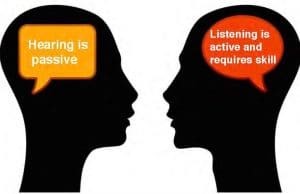 It is that stage of the listening process where listeners respond or react based on memory. The response can be given verbally or non-verbally. Non-verbal responses consist of making eye contact, nodding, smiling, etc, whereas verbal communication consists of questioning, requesting, etc. to give response to the concerned source of information.
It is that stage of the listening process where listeners respond or react based on memory. The response can be given verbally or non-verbally. Non-verbal responses consist of making eye contact, nodding, smiling, etc, whereas verbal communication consists of questioning, requesting, etc. to give response to the concerned source of information.-
Remembering stage:
Memory is the essence of gathering information from the source. This stage occurs when the listener retains the information for future access. Memory allows to record the information about people, theory, object, thing, etc. Remembering previous information helps widen the context and broaden the knowledge on a subject.
Therefore, with above mentioned stages teachers can make students active listeners by teaching them that listening is the activity of paying attention. Attention helps get the meaning of the context given or said by the speaker to the receiver. Hence, teachers must engage students in activities which will help them to develop and grow as active listeners.












